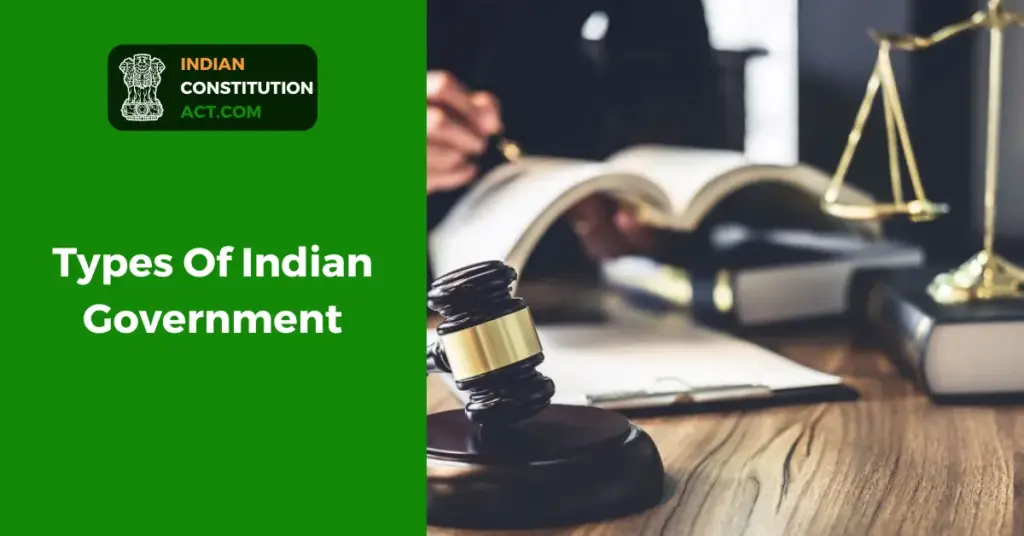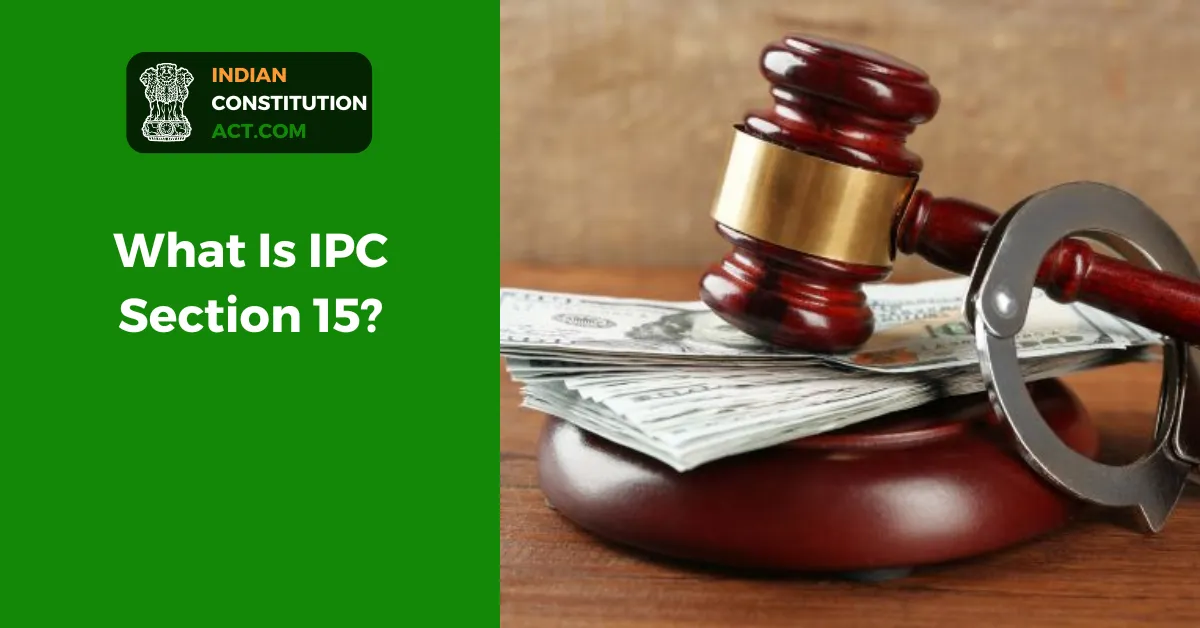As you all know, IPC was implemented in India by the British in 1862. At that time India was ruled by the British, who made laws according to their own will. Many laws are still in force, but some sections are not applicable now. This section still has its place in IPS but it is no longer useful. This section was added to IPC by the British but after their rule, this section was forcibly abolished. Today we will talk about one of the IPC sections that has been closed. Today we are going to talk about IPC section 15.
Table of Contents
What Is IPC Section 15?
In the 2nd chapter, definitions of words used in IPC have been given. With the help of this, IPC becomes very easy to understand. Chapter 2 of the IPC is full of definitions. IPC section 15 is related to the year 1937. This section is no longer useful because section 15 was removed under the Adoption of Law Order 1937.
This section of IPC is now nothing but a number. IPC was implemented in 1862. IPC came into existence in 1860 on the recommendation of the first law commission during the British period, which was implemented as the Indian Penal Code in 1860. Changes in the IPC are made from time to time according to the needs. Sometimes it becomes very necessary to alter the sections of the IPC because they were made a long time ago and are no longer appropriate for the present time.
Types Of Indian Government

Let us tell you that in India the government is divided into 3 parts. Each government has its role and power. Every state in India has a Legislative Assembly. Check how many types of governments are there.
- Local Government
- State Government
- Central Government
Also read: Section 505 Of IPC: Classification Of Offence
What Is the Indian Government?
It is very important to understand the structure of the elected government in India. This helps us to know what the government does and it is also easy to know whether the government is doing its work properly. Friends, today we will tell you about the central government and the state government.
After independence in 1947, when the matter of making the constitution came up, the parliamentary system was adopted here. And 3 parts of the constitution were made. These three parts have their functions and powers. The first one is the ‘Legislature’, the second is the ‘Executive’ and the last is the ‘Judiciary’. The power to make laws lies with the ‘Legislature’ and the power to pass laws lies with the ‘Executive’. And if any person violates the law, then the power to punish him lies with the ‘Judiciary’.
